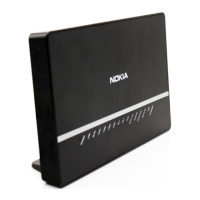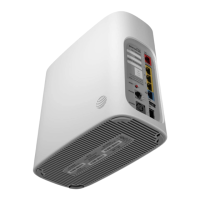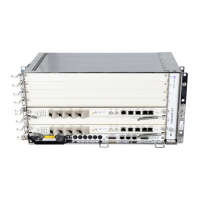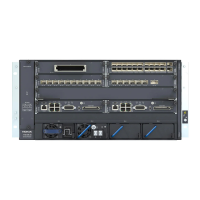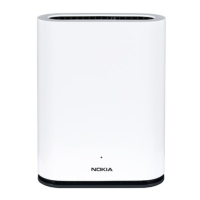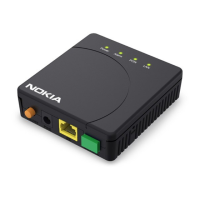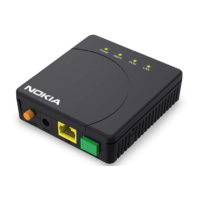FD 100/320Gbps NT and FX NT IHub Services Guide Virtual Private LAN Service
Issue: 13 3HH-11985-AAAA-TQZZA 173
Core Router Switching
• All the core routers ('P' routers in IETF nomenclature) between PE-Router-A and
PE-Rout- er-B and PE-Router-C are Label Switch Routers (LSRs) that switch the
packet based on the transport (outer) label of the packet until the packet arrives
at far-end PE-Router. All core routers are unaware that this traffic is associated
with a VPLS service.
PE-Router-C
1 PE-Router-C strips the transport label of the received packet to reveal the inner
VC-label.
The VC-label identifies the VPLS service instance to which the packet belongs.
2 PE-Router-C learns the source MAC address in the packet and creates an entry
in the FIB table that associates the MAC address to PE-Router-A and the
VC-label that PE-Router-A signaled it for the VPLS service.
3 The destination MAC address in the packet is looked up in the FIB table for the
VPLS in- stance. Again, there are two possibilities: either the destination MAC
address has already been learned (known MAC address) or the destination MAC
address has not been learned on the access side of PE-Router-C (unknown MAC
address).
4 Known MAC address (Figure 23)
If the destination MAC address has been learned by PE-Router-C, an existing
entry in the FIB table identifies the local access port and the IEEE 802.1Q tag to
be added before sending the packet to customer Location-C. The egress Q tag
may be different than the ingress Q tag.
Figure 23 Access Port Egress Packet Format and Lookup
B
B
: virtual bridge
PE A
IP/MPLS
network
Customer
Location A
Dest
MAC
Src
MAC
VC
label Y
Customer
packet
B
PE C
B
PE B
Apply VC and
tunnel labels
Tunnel
label
Pre-assigned and
signaled by PE 'B'
Dest
MAC
Src
MAC
VC
label X
Customer
packet
Tunnel
label
Pre-assigned and
signaled by PE 'C'
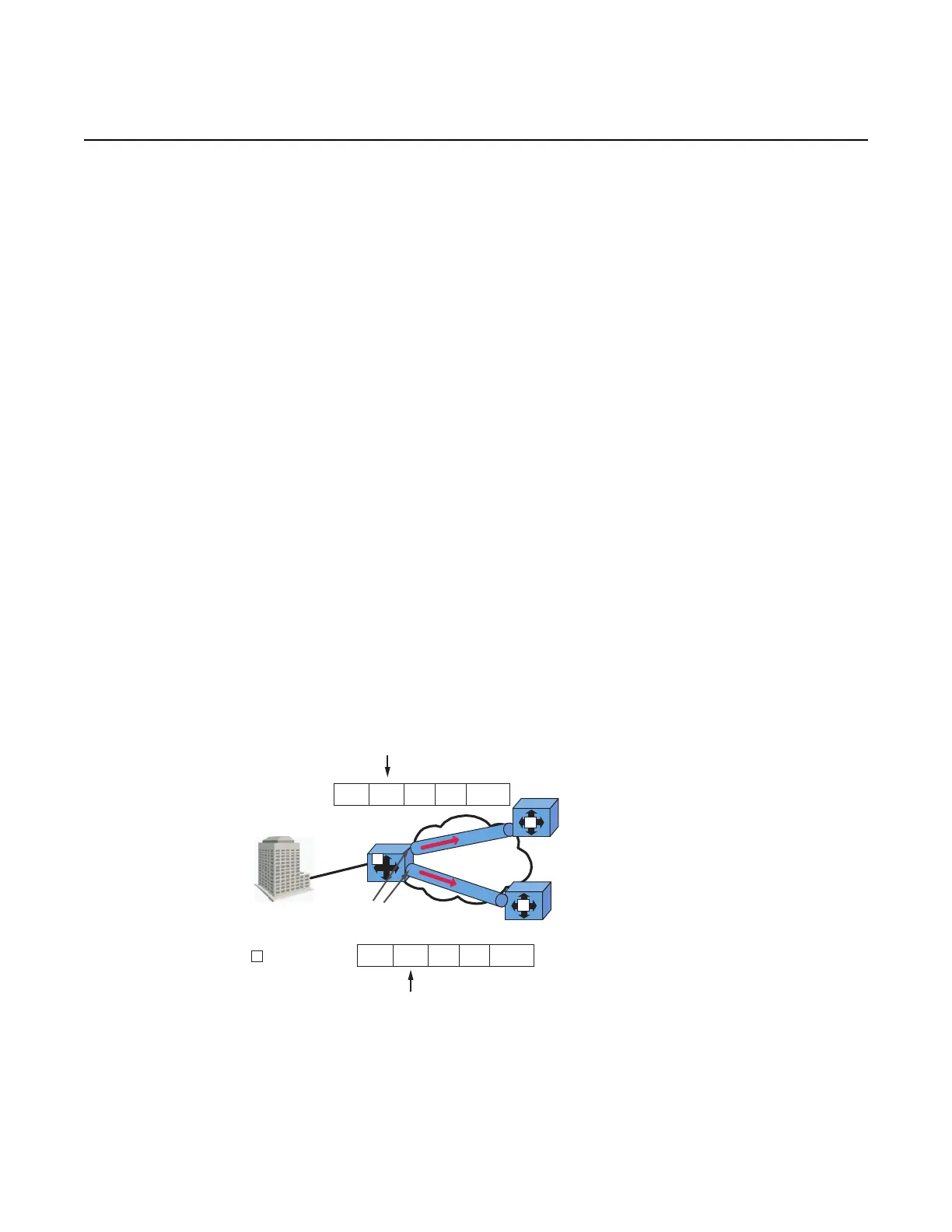